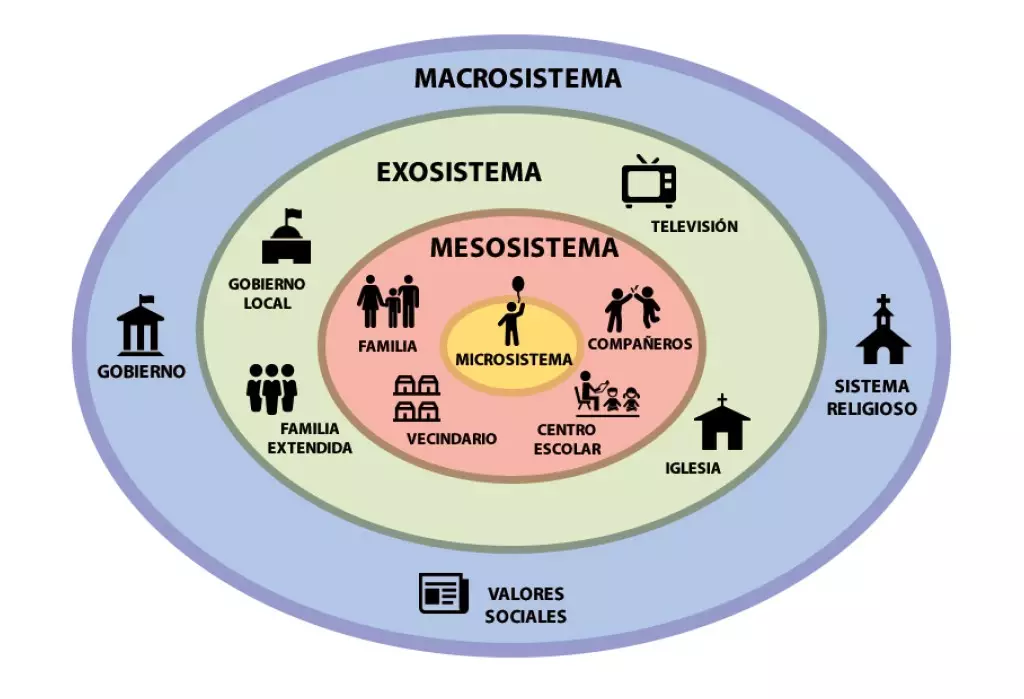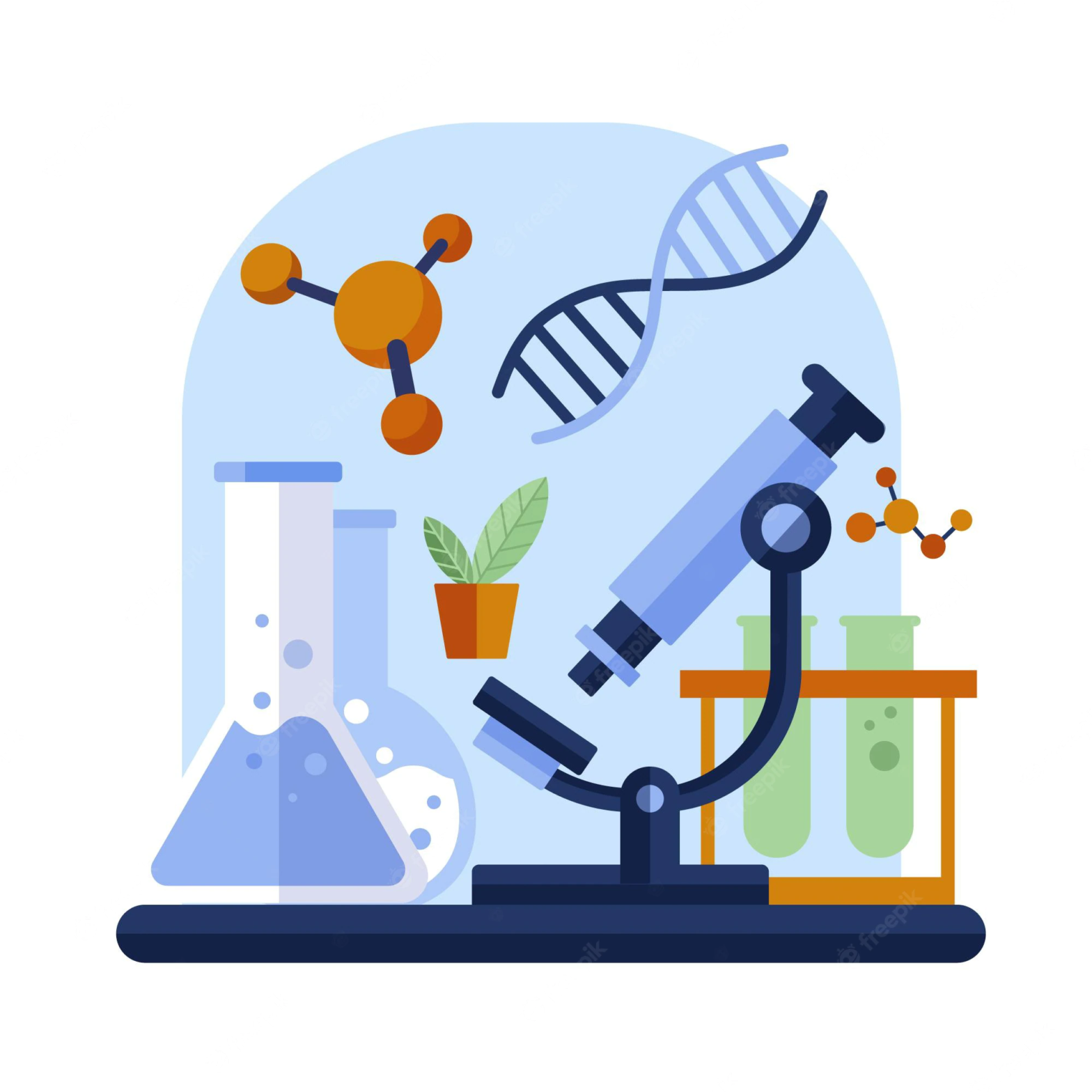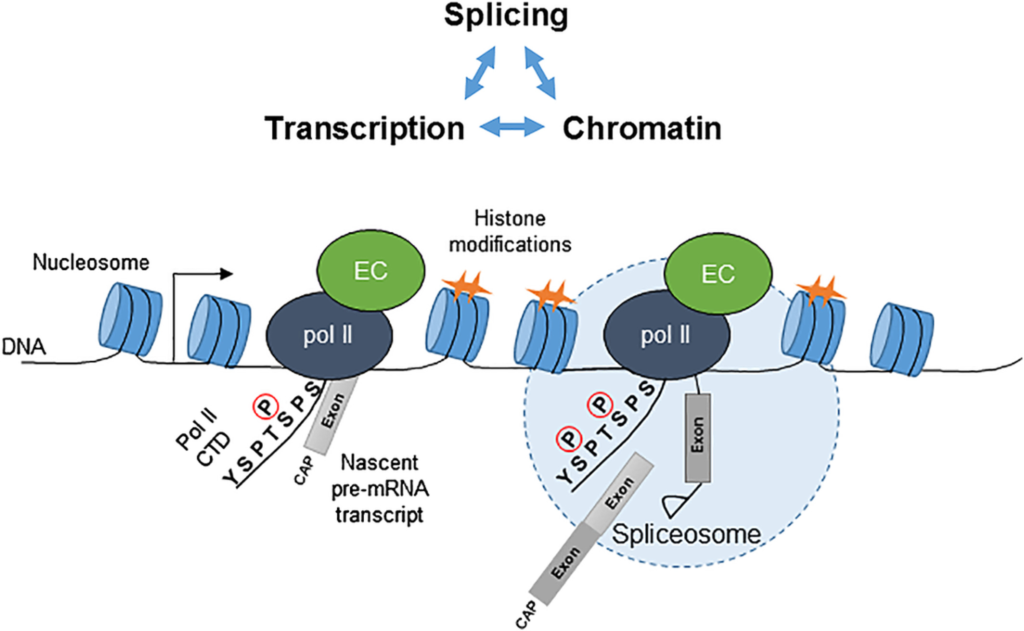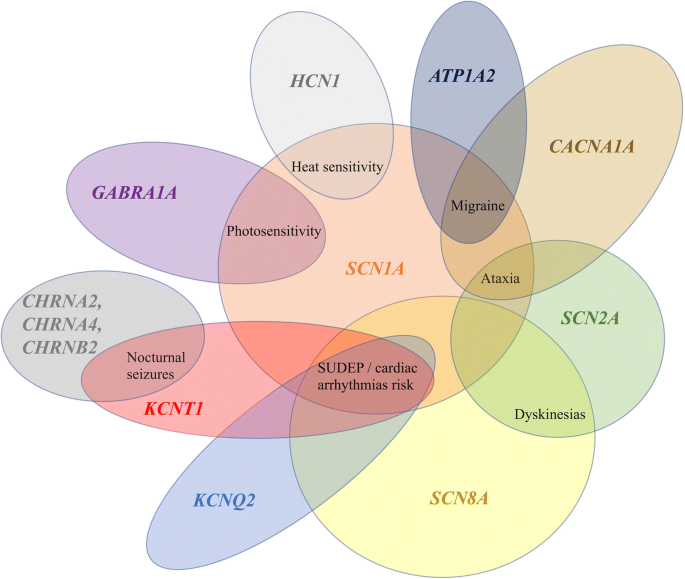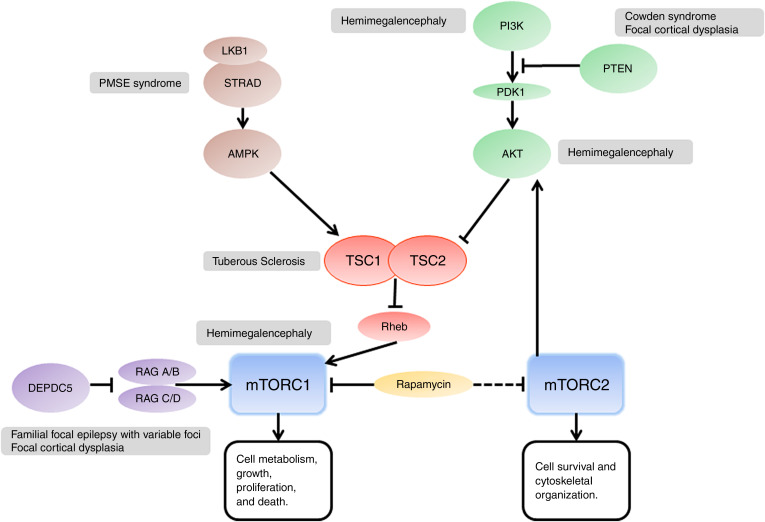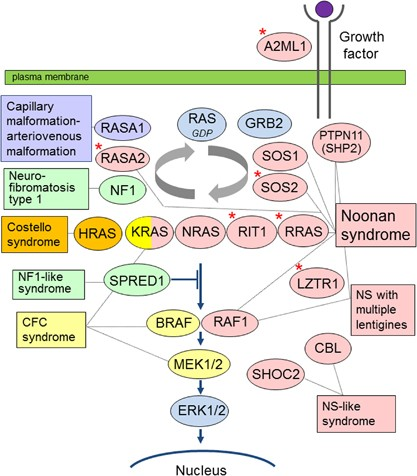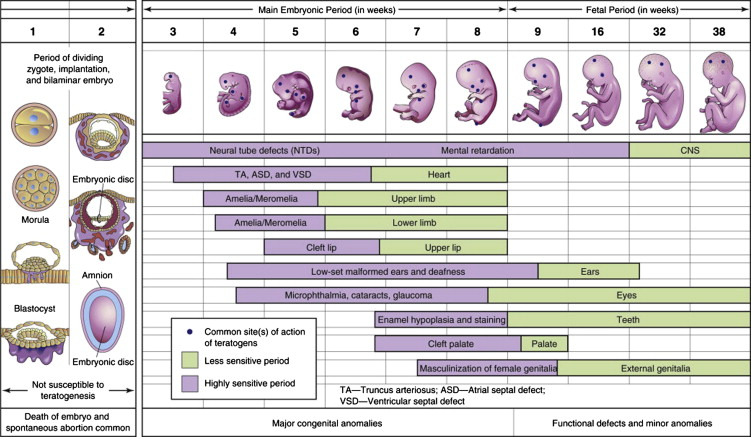Applied basic science.
We can analyze the mechanisms of child neurological diseases in different biological levels. Some diseases are involved typically in one of them, and others are involved in a recurrent way in several. However, grouping them into functional groups is useful for the analysis of their common elements and to promote their understanding from a biological point of view.
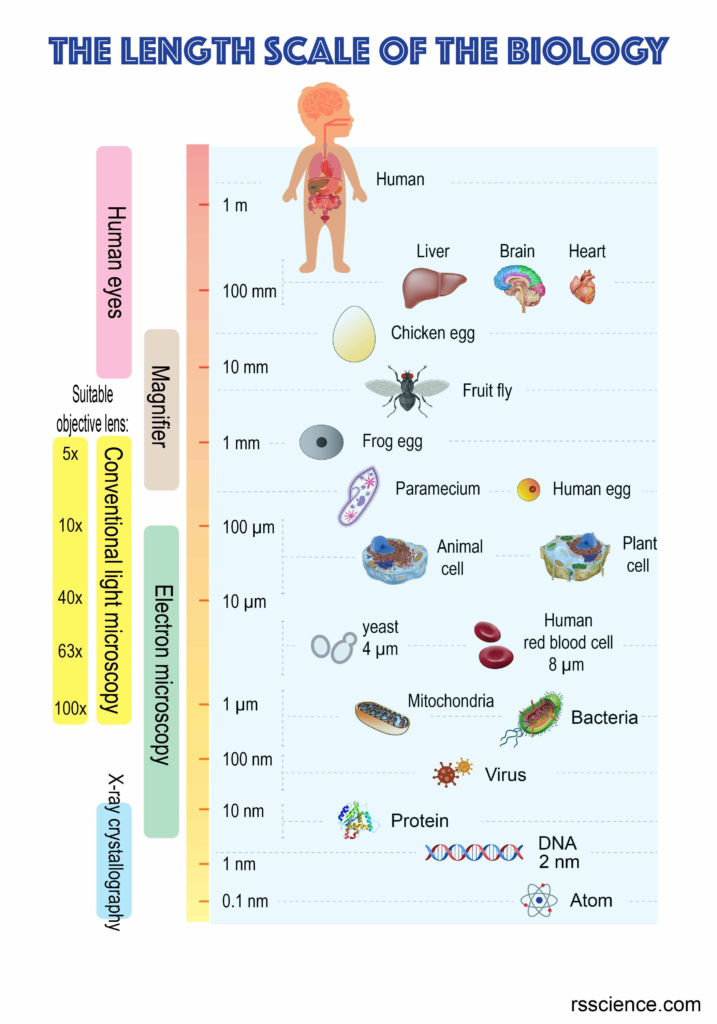
The pico level.
Physical sciences.
Biophysics.
Biostatistics.
The nano level.
There are differences between genomics and genetics.
- Genetics is the study of the function and compsición of genes, as well as your inheritance, and the diseases that it causes.
- The genomics is the study of the complete set of genetic information of an organism, including the non-coding regions.
The genome of an individual is packaged in chromosomes, made of chromatin, which in turn is formed by the strands of DNA packaged around histones. The strands of DNA are formed by the combination of pairs of bases.
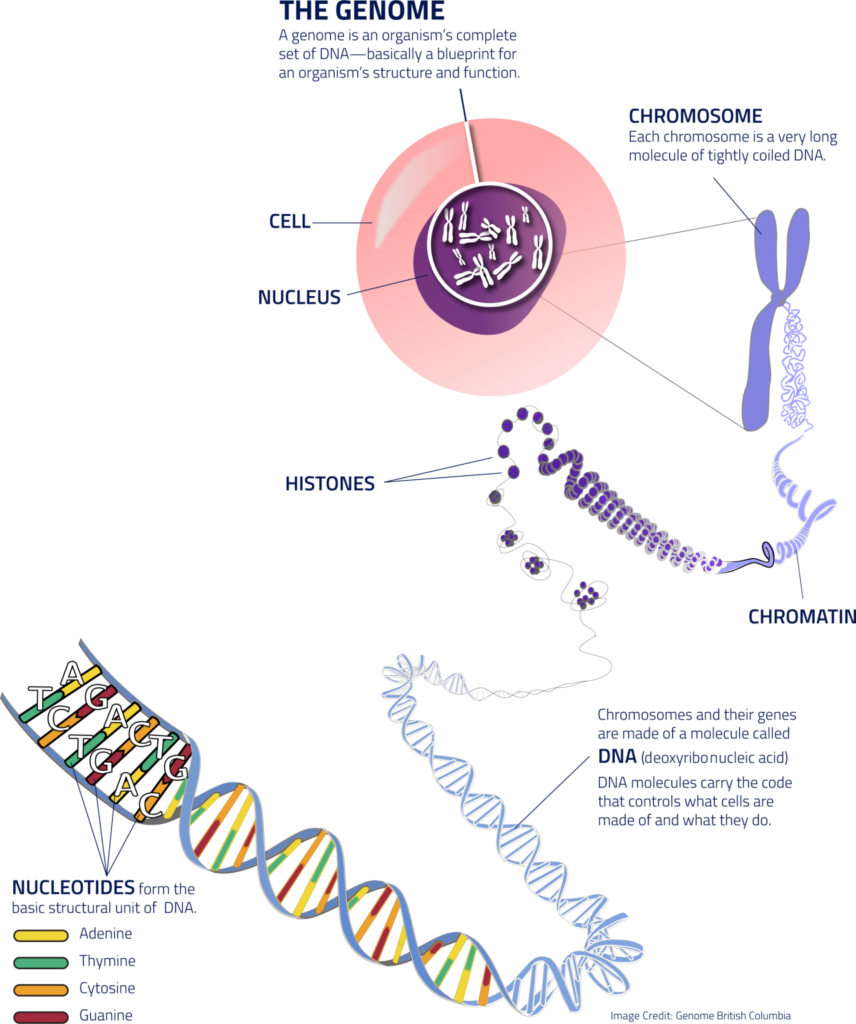
We can classify the different diseases, genomic in:
And genetic diseases in:
- Point mutations and diseases monogenéticas.
- Mutations dynamic and STRs.
- Disorders of DNA repair.
- Telomeres.
There are multiple resources to consult the disease genomic and genetic, such as:
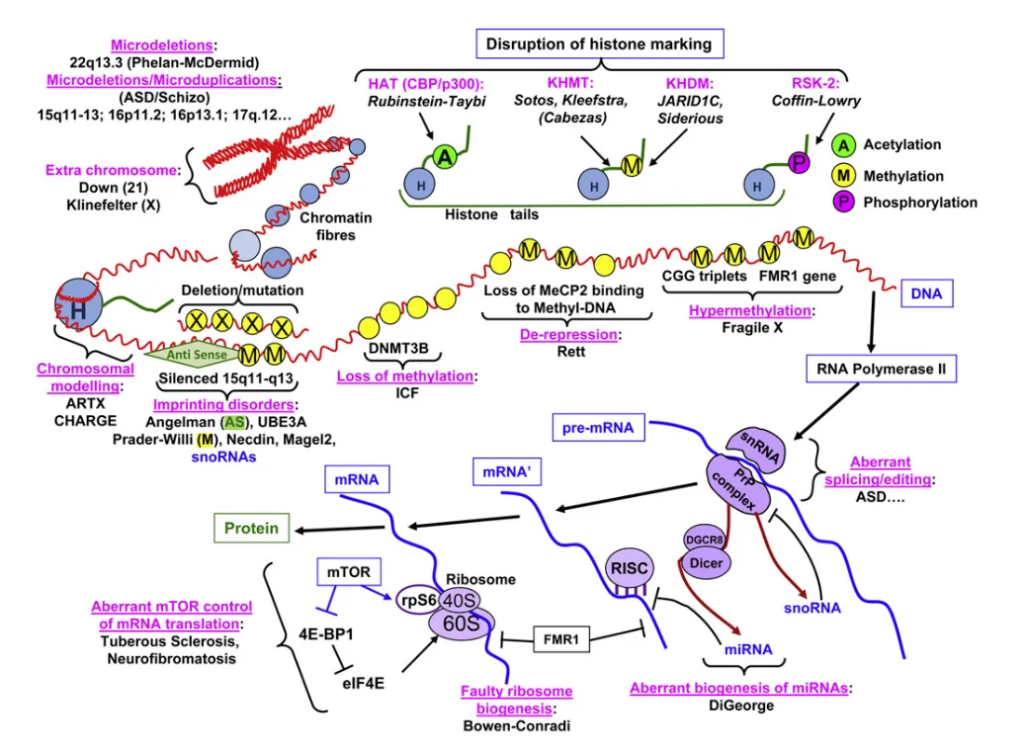
There are 2 processes related to RNA to allow the passage of the genetic information for the production of proteins. Are the transcription and the translation, among which there are several processes in which matures the RNAm from a pre-RNAm, known as mechanisms of modification, post-transcriptional. Involving several molecules based on RNA, as RNA-t and the snRNA (ribonucleoproteins). There are also mechanisms of modification post-translation of proteins.
- Transcription.
- Transcriptopatías.
- Post-transcription.
- Translation.
- Ribosomopatías.
- Post-translation.
The proteinopathies are all those genetic diseases that affect the coding regions of the DNA and produce the effect of the conformation of amino acid chains. Are excluded from this concept the diseases caused by RNA non-coding, or those caused by mutations that affect the amino acid sequence, for example.
However, within this chapter we will group the diseases depending on the type of protein that is affected.
There are 3 main groups of proteins.
- Functional proteins (enzymes). Its alteration leads to metabolic diseases (metabolopatías). Tend to have inheritance autosomal recessive (although not all).
- Structural proteins. Its alteration leads to physical changes (phenotypic) microscopic (cell and tissue) or macroscopic. Tend to have autosomal dominant inheritance.
- Cell signaling and ligand-binding. Are structural proteins with a specific function, connected to the communication pathways extracellular and intracellular. There are receptors, channels and transporters, as well as neurotransmitters, hormones, and signaling cascades. They are especially important in the central nervous system, that has a system of intercellular communication-specific (synapses).
On the web proteinatlas you can check the histological expression of different proteins in the function of the tissue to be studied.
The majority of inherited metabolic diseases (inborn errors of metabolism) are due to the mutation of an enzyme that produces a metabolic block in a metabolic pathway without an alternative (though some others are due to transportopatías, for example). See later in the metabolome.

Beyond the diseases of classic neurotransmittersin the last few years have been discovered in other complex diseases related to the specific machinery of the synapse, and can be classified in function of their location in this structure:
- Presynaptic. Are those diseases that are caused by disruption of the synthesis, transport or fusion of the synaptic vesicle. An example is the encephalopathy secondary to a mutation of the STXBP1.
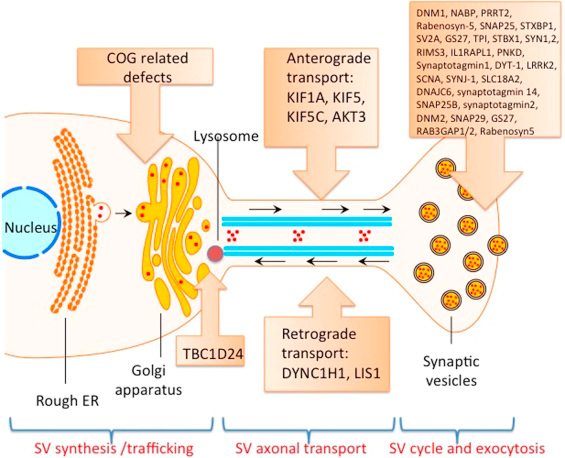
- Postsynaptic. Are those diseases associated with receptors dendritic. An example of this are GRINpatías (Glutamate Receptor, Inotropic, NMDA subunit 1).
Vias intracellular molecular.
Transportopatias
The transportopatías are all those diseases arising from the malfunction of the membrane transporter proteins, a set of structures in the form of a canal to allow the passage through the membranes, both through the use of the active transport as the passive transport in favor of gradient, allowing and regulating the entry and exit of different compounds in the cell and the cell organelles.

We can also classify them as a function of the substances transported, in uniportador (1 single substance) or cotransporter (simportador, 2 substances in the same direction; antiportador, 2 substances in opposite directions).

There are several resources to find information on membrane transporters, such as the website of the international society of membrane transporter proteins, or the web Bioparadigms, where it remains a log classification of all proteins SLC discovered to date and their role, as well as the initiative TransCurefor the research of treatments.
There are multiple resources for the study of metabolic diseases, the most useful is the Vademecum Metabolicum.
Are also interesting websites biochemical pathways, where is available a diagram with all the metabolic pathways relevant, or the web KEGG (Kyoto Encyclopedia of Genes and Genomes), where information is available tabulizada on the metabolites, enzymes, and genes coding as well as diagrams of all the metabolic pathways, or the web HumanCyC, an encyclopedia of the metabolism and the genes of the human being.
- Amino acidopathies and diseases of the peptides.
- Diseases of carbohydrate metabolism.
- Diseases of the metabolism of fatty acids, carnitine, and ketone bodies.
- Lipidopatías.
- Purines, pyrimidines, and nucleotides.
- Energy metabolism.
- Disorders of glycosylation.
- Metabolism of neurotransmitters.
- Metabolism of vitamins and cofactors.
- Metabolism of trace elements and metals.
The micro level.

Ciliopathies.

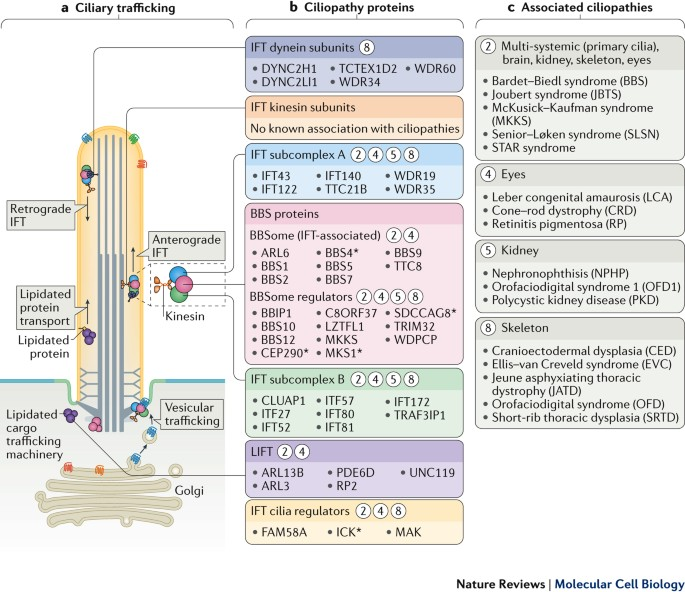
Cytoskeleton
Tubulinopatías
Golgiopatias

Mitochondrial diseases
The macro level.
Phenotype macroscopic. Neuroanatomy.
https://www.clinicalneuroanatomyseminars.com
http://braininfo.rprc.washington.edu/Default.aspx
http://www.atlasbrain.com/enx/atlas_main.html
Hierarchy of the control of the motor system.
- Polioencefalopatías.
- Leucoencefalopatías.
- Basal ganglia disorders.
- Cerebelopatías.
- Myelopathies.
- Neuromuscular disorders.
- Polyneuropathies.
- Myopathies.
- Diseases of the neuromuscular junction.
Phenotype development (morphological).
Phenotype functional neurological. Neuroscience.
Behavioral phenotypes
Cognitive endophenotypes
Supraindividual consequences.
Beyond the individual may also be susceptible of clinical interest the different levels of organization-individual.
- Family.
- Society.
- Culture.
